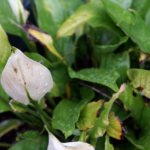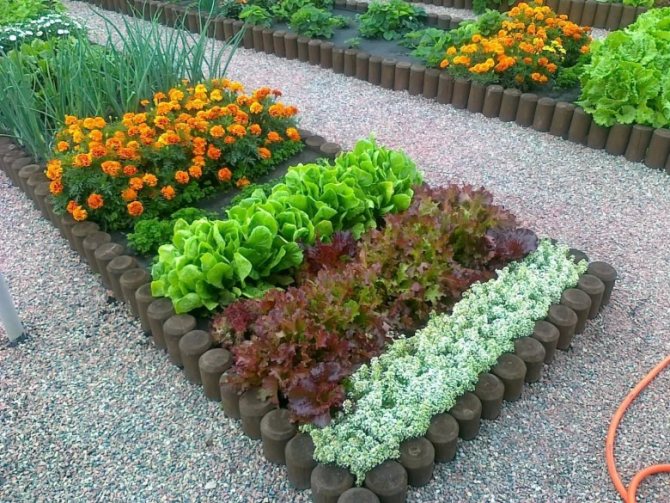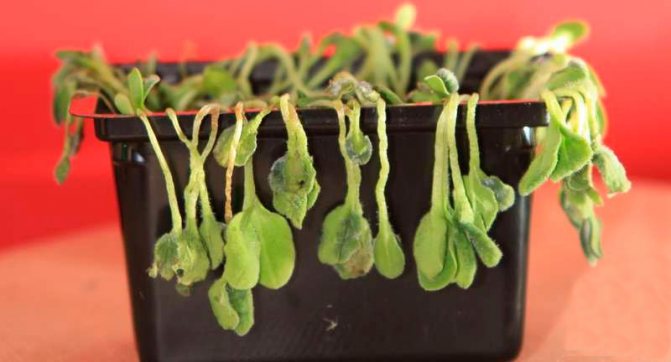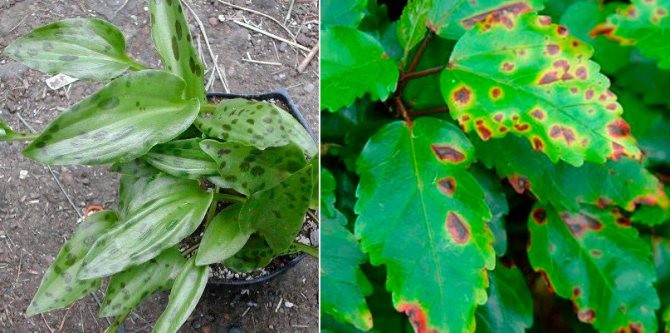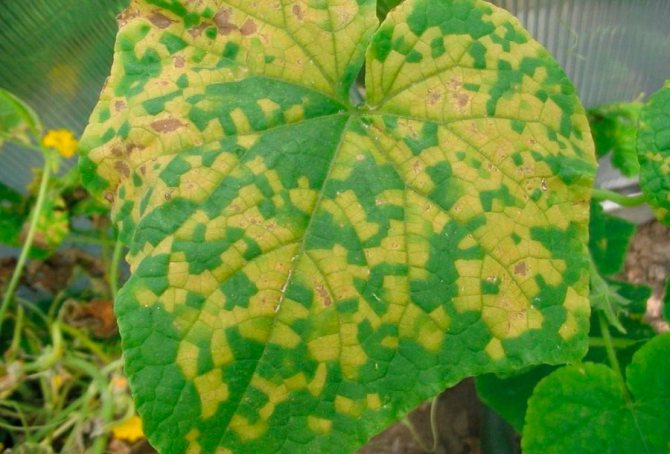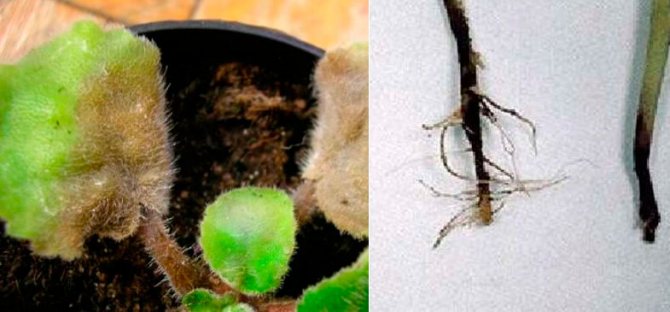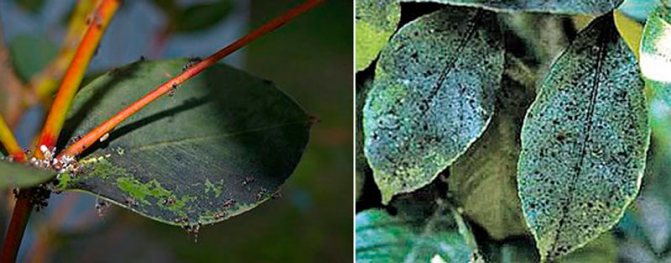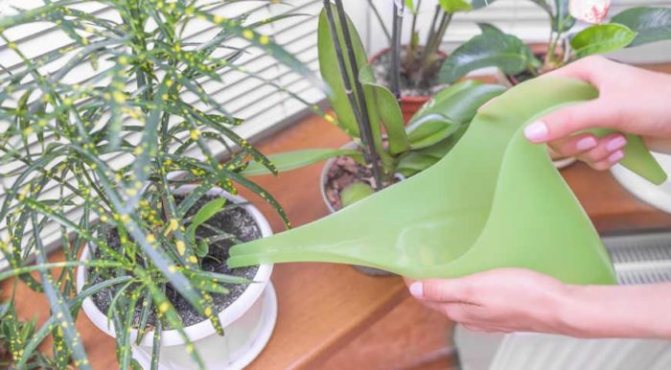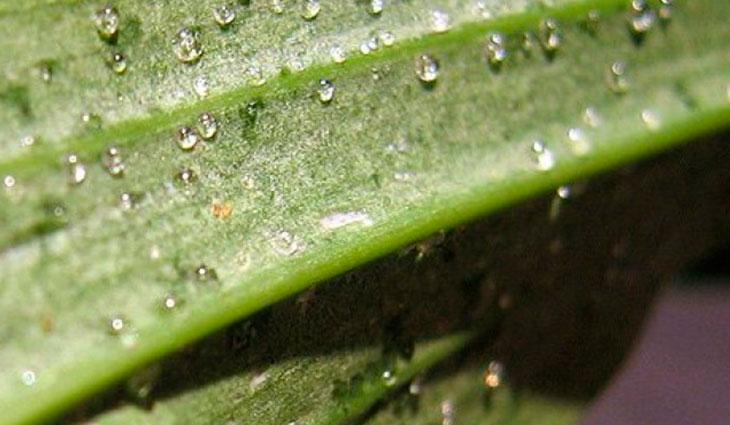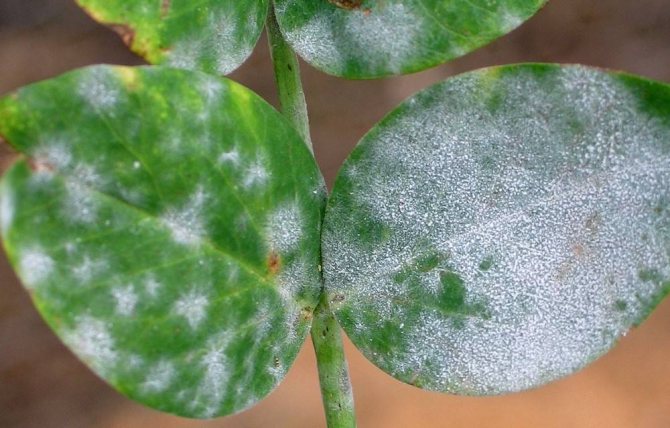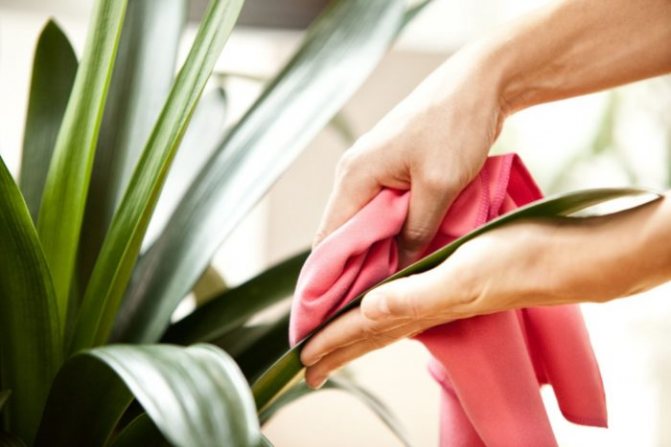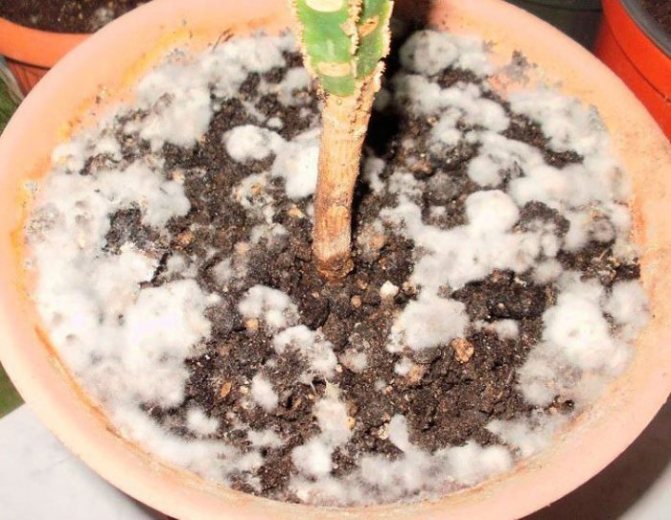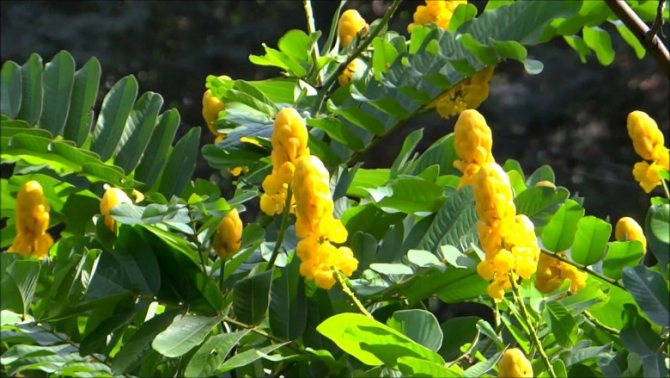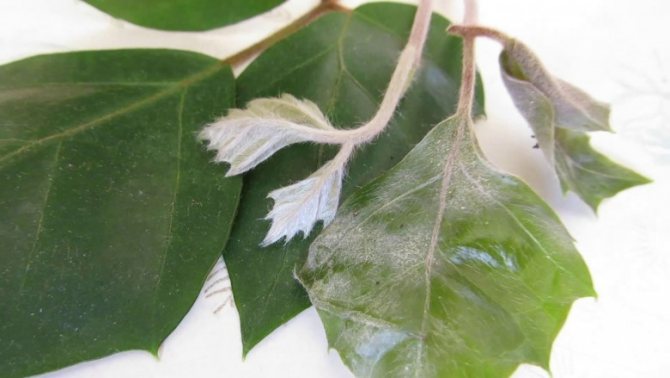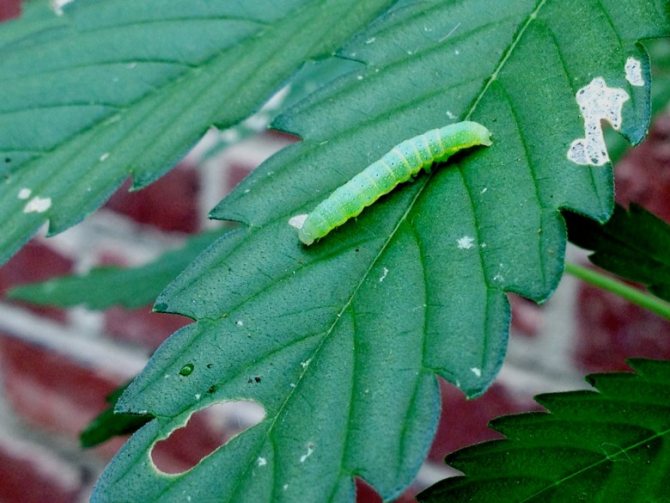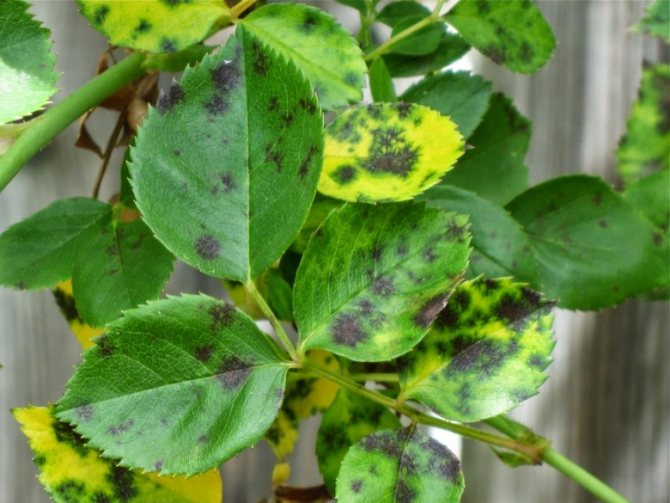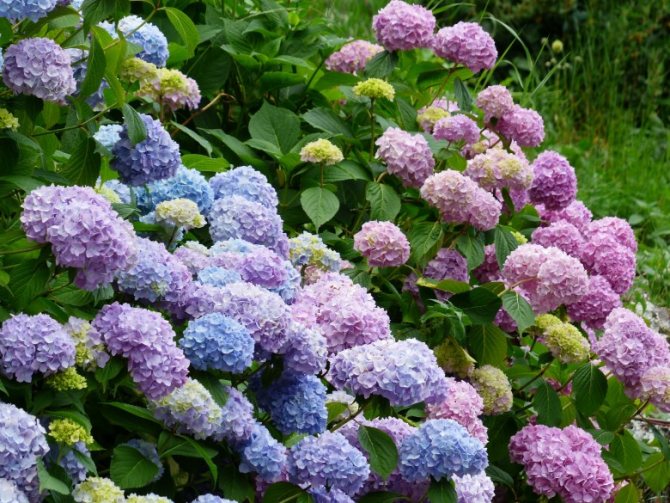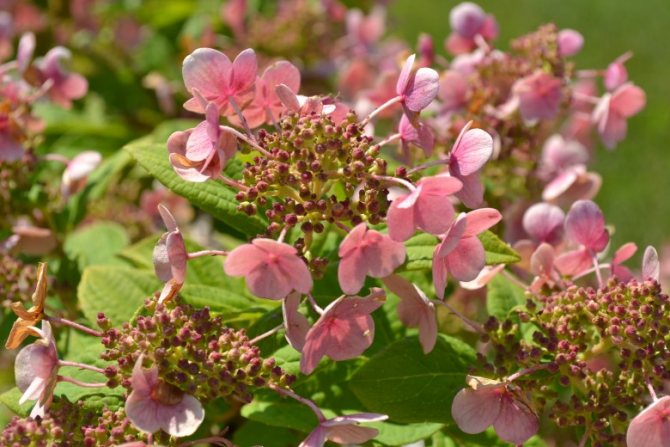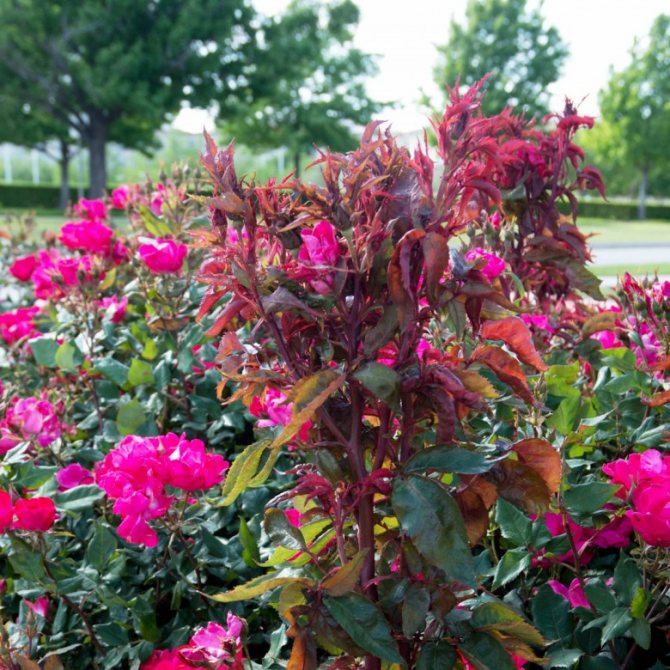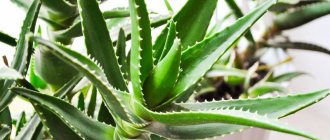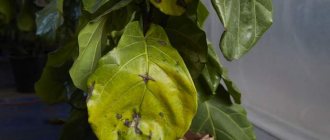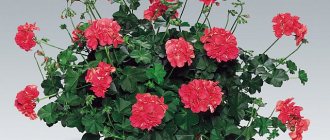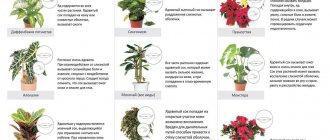Very often, when growing indoor plants, you can make a few mistakes and your plant begins to look bad, hurt. By disrupting the growth and development of a plant, many diseases of indoor flowers can be provoked.
There are many reasons that cause similar symptoms, believing that this is the action of a draft, you can skip the onset of the development of certain health problems of your indoor plants. The most common problem is sticky leaf diseases in houseplants and can be fought against too.
When choosing drugs, you can use proven agents, such as potassium permanganate, boric acid for indoor plants is used more for feeding than in the fight against diseases of domestic flowers.
The most common diseases among indoor plants are powdery mildew, which is divided into false and real. Gray rot, root rot, brown rot of the root collar, fusarium, rust, leaf spot, sooty fungus. If they are not detected in time, then these problems are difficult to solve without special preparations.
The main types of plant diseases.
Rot.
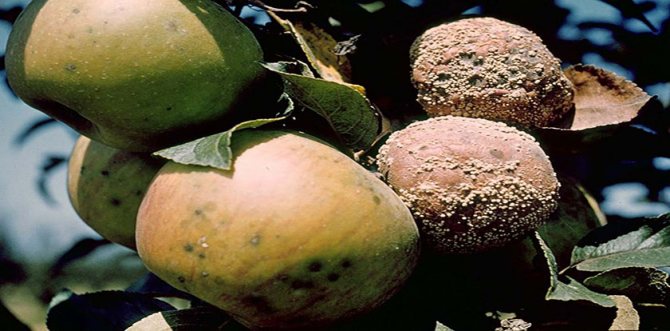
When plants decay, the intercellular substance dissolves, as well as the cell membranes. In this case, the affected tissues and organs of plants turn into a mushy or dry powdery mass (rot of fruits, roots and wood). Rot is caused by fungi and bacteria.
Withering.
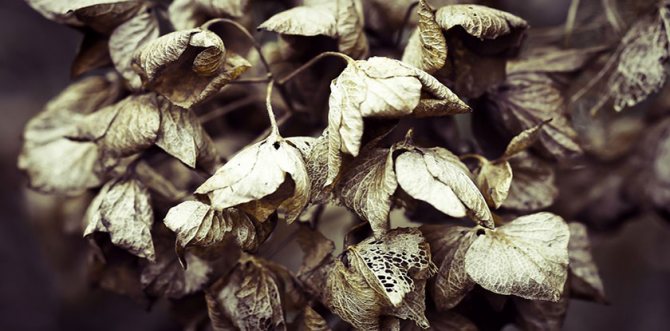

It is characterized by the fact that the whole plant or its individual organs lose turgor, wither and dry out. This is due to the lack or complete cessation of water access to the plant. Lack or interruption of water supply can occur due to destruction or blockage by fungi and bacteria of the conductive tissue of the plant. Withering is often caused by flower parasites, which take away water and nutrients from the plant.
Raids.


Formed more often on leaves, can be on shoots and fruits. They are mycelium and sporulation of the parasite, covering the affected surface entirely or in separate areas. Diseases of this type are caused by powdery mildew, downy mildew and imperfect fungi (for example, powdery mildew of oak, maple) or arise from the deposition of dust, soot, soot.
Necrosis or death of plant tissues and organs.
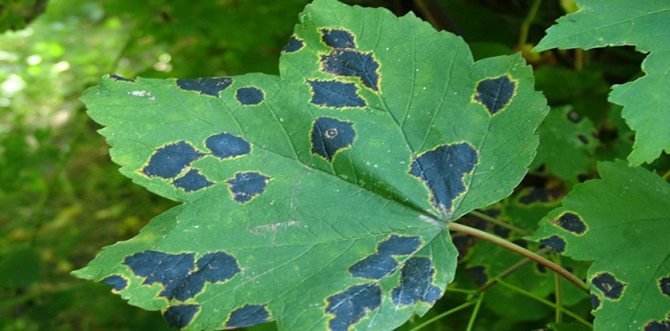

These diseases arise as a result of local tissue damage or the death of individual plant organs. They can be caused by fungi, bacteria, viruses and non-infectious causes. This includes mottling of leaves, fruits and branches, drying and yellowing of leaves and needles, burns of shoots, flowers, fruits, cancer of trunks and branches.
Deformation of plant organs.
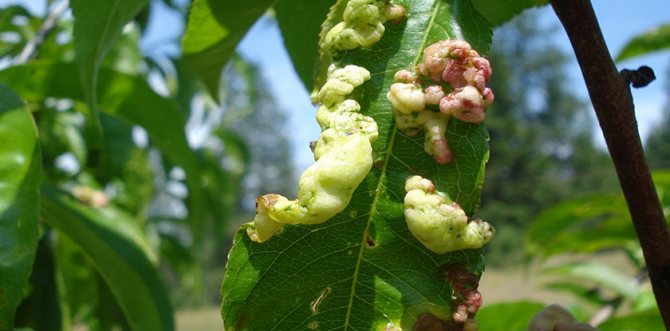

This type includes curliness of leaves, various curvatures, the formation of tissue ruptures, cracks, slugs, witch brooms. All these changes can be caused by pathogens and non-infectious causes. Deformation also includes plum pockets and mummification of fruits and seeds caused by various fungi.
Gum removal (gommosis) and mucus.
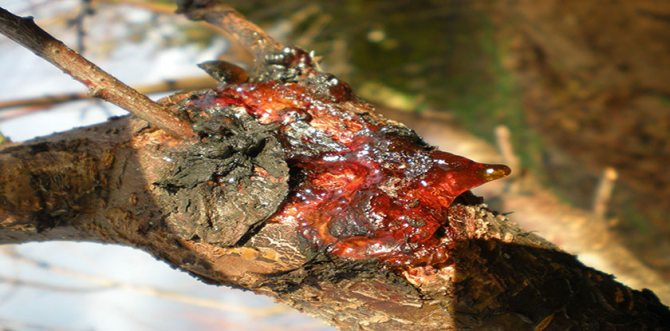

With this type of disease, there is a gradual destruction and dissolution of the cell membranes, with the transformation of the cell contents into a liquid flowing from the lesion sites, often sticky, gradually solidifying (gum).Gum and mucous membranes are mainly observed on trunks, branches or stems and are the result of physiological changes that occur in plants under the influence of fungi, bacteria and other causes, such as stone fruit or deciduous tree mucus.
Pustules.
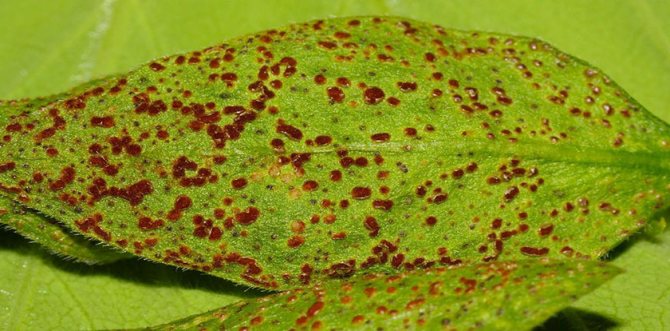

They are cushion-shaped or slightly raised above the substrate formations resulting from the sporulation of certain fungi, for example, rusty ones.
Ways to fight
The causes of the appearance of diseases are completely different and you must try to keep the plant according to the requirements. And then diseases will not interfere with its development.
Pest control
Each pest has its own control measures.
- For ticks, it is best to use insecticides, and leaves with large clusters of ticks are torn off by hand;
- You can get rid of the scabbard by manually removing all the plaques and only after that they are treated with Actellik. Processing is carried out three times with an interval of 5-7 days. This will ensure that the plant gets rid of this pest;
- From mushroom gnats - if there are few pests, you just need to dry the soil well in a container with a plant, and they will disappear. If the lesion is extensive, then apply the chemical "Mukhoed" after its application, watering is stopped for 5-6 days;
- From mealybugs - get rid of wiping off green soap with a cotton pad, infusions of garlic or tobacco are also suitable. If this does not help, then they are treated twice with chemicals: Metaphos. Actellic.
- From whitefly - it is difficult to destroy this pest. It is necessary to remove his eggs and catch the moths with duct tape. You can treat the leaves with a solution of green soap or garlic infusion. If folk remedies do not help, then it is worth treating with a solution of nicotine;
- From aphids - can be sprayed with a solution of potassium manganese. The solution should be pink, if this does not help, it is necessary to carry out the treatment with Derris;
- From a spider mite, a cobweb is collected with a cotton swab, but an ear stick is used to remove it from the axil of the leaf. After this procedure, it is worth treating the flower with Aktellik.
It should be noted that for any disease, the flower is placed away from other plants and only then the treatment is started.
Fungal infections can be defeated using drugs:
- Hom;
- Abiga;
- Vitaros;
- Fundazol;
- Trichodermin;
- Solbar;
- Ground sulfur;
- Bordeaux liquid;
- Kuprozan;
- AB drug;
- Fitosporin.
Diseases are nonparasitic.
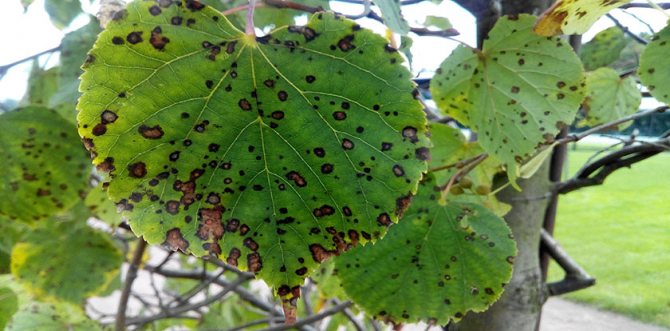

This group includes diseases caused by unfavorable climatic and soil conditions, mechanical damage and the action of poisonous gases, smoke, soot and dust contained in the air, especially in cities and industrial settlements. Under the influence of these factors, the formation of spots and plaque on leaves and shoots, drying of leaves and needles, wilting and death of seedlings and annual shoots, withering and drying of shoots and tree tops, bark burns, and the formation of wounds on trunks and branches are observed.
So, damage to plantings in cities is caused by harmful impurities in the air, in particular sulfur dioxide, which causes the death of leaves and needles in tree species and shrubs. In contact with humid air (especially in rainy weather), sulfur dioxide partially turns into sulfuric and sulfurous acids, enters the soil, where it damages plant roots. The death of leaves and damage to the root system lead to shrinkage and withering away of shoots, branches, tree tops, and sometimes the entire plant dies.
The settling of soot, soot on plants causes the formation of deposits, with a significant layer of which there is a violation of photosynthesis and assimilation.
Diseases of a nonparasitic nature caused by high and low temperatures are common. With early autumn frosts, immature one-year-old shoots of tree species die. Fruit trees are severely affected by late spring frosts. In severe winters, some fruit trees die completely.
Wood species - maple, ash, hornbeam, beech - often suffer from frostbite on the bark of trunks and branches. In places of damage, the bark and cambium die, the bark falls off and the wood is exposed. Later, influxes are formed around the wounds due to the division of healthy cambial cells. Under the influence of frost in subsequent winters, this tissue can also be damaged and destroyed, and influxes will again form around it. The exposed area of wood increases from year to year. Such formations on tree trunks are called open frost crayfish.
A bark burn occurs as a result of strong heating of the trunk by the sun's rays (usually from the south side), the bark in this place dies off and falls off, exposing the wood. Sunburn is most common in fruit trees.
The disease of seedlings of coniferous and deciduous trees, known as "neck burn" or "neck opal", is caused by strong heating of the soil, the temperature of which reaches + 55 ° C on clear sunny days. This temperature is fatal for seedlings and seedlings of deciduous trees. The hot soil burns the root collar of the seedlings, causing them to lodge and die.
Disease and dying off of plants can be caused by a lack or excess of moisture in the soil. In summer, on dry soils, deciduous seedlings wilt, and in adult trees wilt, drying and leaf fall is observed. In some cases, lack of moisture leads to drying out of the tree tops. Growth inhibition and drying can also be caused by excessive soil moisture, for example, in swamps and swampy areas, since in these cases oxygen access to the roots is difficult.
Diseases of non-parasitic origin cannot be transmitted from one plant to another. Therefore, non-parasitic diseases are called non-infectious, non-infectious. However, in almost all such diseases, conditions are created (weakening of plants, the presence of wounds) favorable for the penetration and development of parasitic organisms in plant tissues.
Sores caused by fungal activity
The main danger of fungal diseases is that they are difficult to recognize, cure, and besides, they easily multiply. In addition, all infected plants must be removed so that they do not infect healthy specimens.
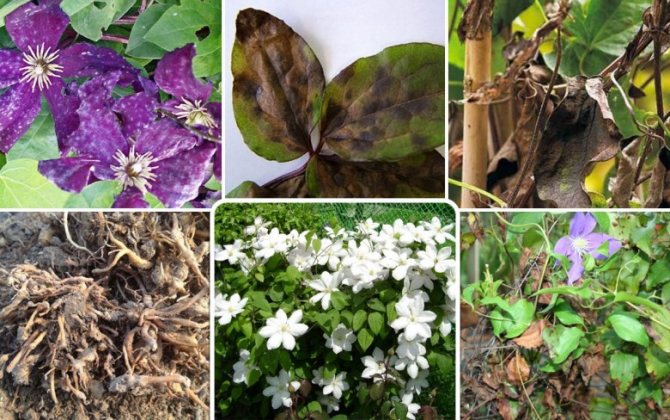

Preventive measures should be taken as often as possible. Often sick, weak plants are affected by the fungus, especially in the summer, when high humidity and high temperatures prevail. The cause of fungal diseases is infected plants, soil and dust.
Common fungal diseases are powdery mildew, rust, gray mold.
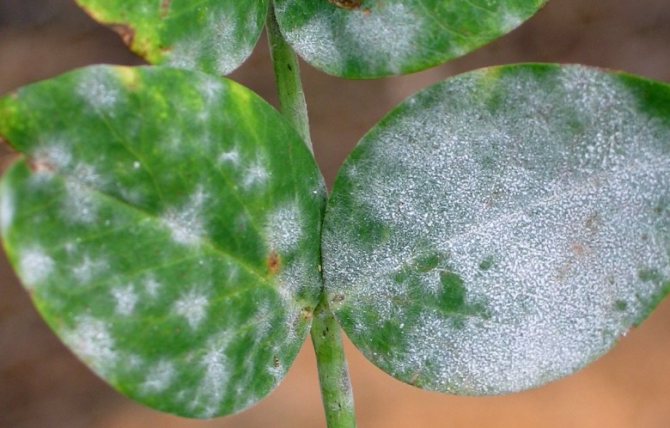

Parasitic diseases.
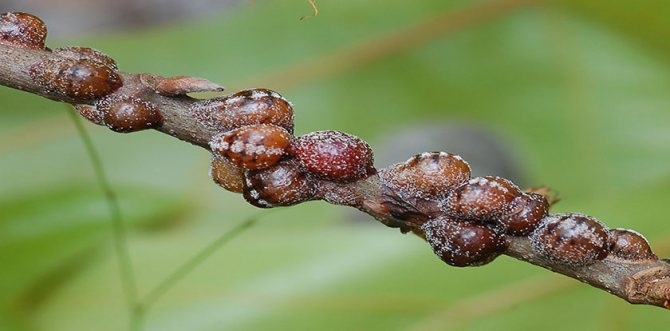

Parasitic diseases are caused by fungi, bacteria, some parasitic flowering plants and viruses. They are transmitted from one plant to another and can cause massive diseases (epiphytotics) that cause significant damage to plantations.
Plant parasitic diseases are a complex pathological process resulting from the relationship of the parasite with the feeding plant. The result of these relationships, that is, the development of the disease and its outcome, depends on the type of plant, its condition, the activity of the pathogen and the impact of the external environment. Not all plants are equally susceptible to diseases and their response to the introduction and spread of the parasite is also different.There are plants that are resistant to some diseases (as well as to pest damage) and unresistant to others.
The property of a plant to resist infection is called resistance, or immunity, and the ability to become infected is called susceptibility. The resistance and susceptibility of a plant to diseases is a hereditary property that, during the development of an organism, can change under the influence of the external environment.
Resistance is determined by the characteristics of a living plant cell. Anatomical and morphological features of the plant, the presence of the plant's response to the introduction and spread of the parasite in its tissues play an important role in this.
In response, the plant can release toxins that kill the cells around the invading parasite, and thus isolate it. Some plants, in response, form substances - antibodies that destroy the parasite.
The resistance of plants to diseases or pests varies depending on the age of the plant, the phase of its development and state.
The influence of external conditions can significantly increase or decrease the resistance of plants to pests and diseases.
The more favorable the conditions for the development of plants, the more resistant they will be to pests and diseases.
Resistant or immune plants can be created through selection and breeding.
The spread of plant diseases is carried out by air currents, water, animals (including insects), human activities. Infected plants, their debris, seeds and soil are the source of infection preservation.
The reasons for the development of diseases
There are various reasons due to which diseases of indoor plants can appear:
- Wrong location - too little / too much sun.
- Soil that is not properly designed or purchased not for the type of plant.
- The temperature in the room where indoor plants are cultivated does not meet its requirements.
- Unregulated watering, which leads to the death of the root system.
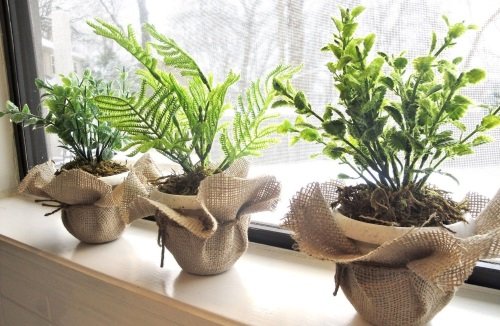

Choosing a place for a plant
Also, disease or harmful insects can enter the house if the new plant is not quarantined. After all, a beginner can store laid eggs of pests or spores of a bacterial disease in the ground or leaves.
Therefore, in order to avoid the disease of indoor flowers at home, when acquiring a new plant, you must carefully study its appearance. To begin with, inspect the leaf plates from both sides, since plant diseases can lurk even in the axils of indoor plants.
They should be:
- No mechanical damage;
- No gnawed parts;
- Insects should not sit, crawl or fly on the bottom of the sheet;
- The leaves should be clean without a variety of spots, dots. Since various spots on the leaves can mean a bacterial disease and it is necessary to urgently set the home flower aside and start treatment;
- If possible, then you need to slightly pull out the soil with roots from a plastic cup, and inspect the roots for the presence of pests or fungus.
But, even after examining everything very carefully, having arrived home, indoor plants are quarantined away from other plants.
Because a timely diagnosed disease and the treatment carried out will give a florist a chance to cure his green friend.
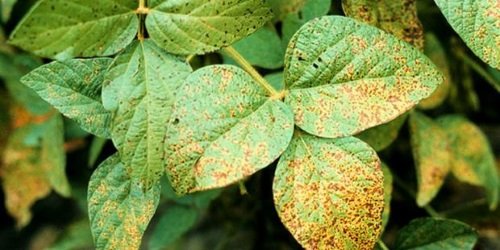

Signs of the disease
Mushrooms as causative agents of plant diseases.
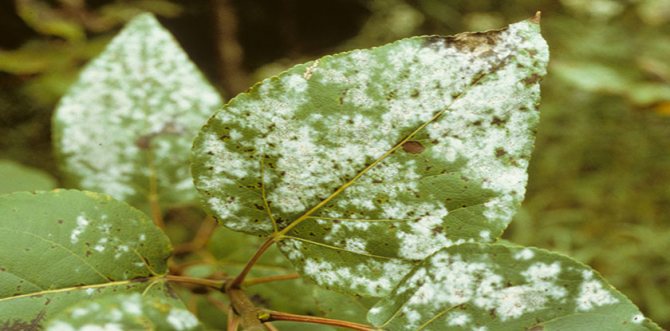

Mushrooms belong to the lowest plants. They do not have chlorophyll and are not capable of independent (autotrophic) nutrition, so they feed on ready-made organic substances, settling on living plants or their debris.
Fungi that live exclusively on living plant cells are called obligate or pure (complete) parasites (for example, powdery mildews).
Fungi that feed only on dead plant tissues are called saprophytes (house fungi and many molds).
However, most of the fungi that cause plant diseases are facultative parasites, that is, they usually live off dead plant tissues, but they can also develop on living plants (gray mold of seeds, honey fungus).
Facultative saprophytes are fungi that live mainly as parasites, but are able to continue developing on a dead substrate.
There are also mycorrhizal fungi that cohabit with the roots of higher plants. The mycelium of these fungi envelops the roots of plants and helps to obtain nutrients from the soil. Mycorrhiza is observed mainly in woody plants with short sucking roots (oak, pine, larch, spruce).
Powdery mildew
This bacterial disease appears due to excessive moisture, abundant watering of plants, contaminated soil and garden tools. Powdery mildew also develops as a result of damage by scale insects and aphids.


When this disease appears, you can notice a white powdery coating on the leaves and flowers. Soon the powdery mildew changes color to dark brown.
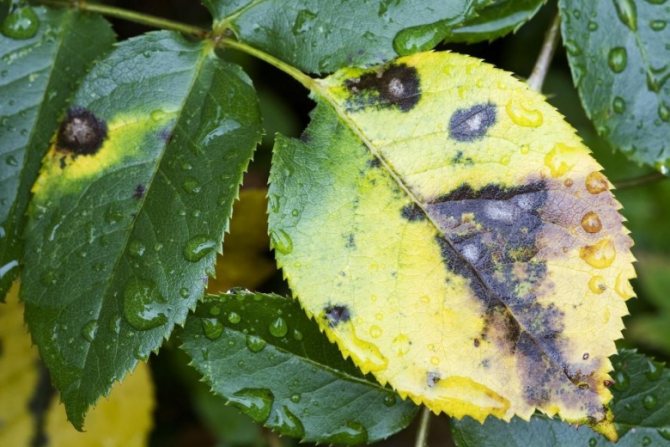

If most of the leaves are infected, then it is worth applying the fungicide and then reapply a couple of times. But before processing, it is necessary to remove all infected flowers and leaves. If the whole plant is affected, then it must be removed.
Of the "grandmother's" methods of combating this plant disease, a mixture of 25 g of laundry soap and 3 g of copper sulfate (sold in garden stores) dissolved in 1 liter of water is used. Plants are sprayed with this liquid for about a week.
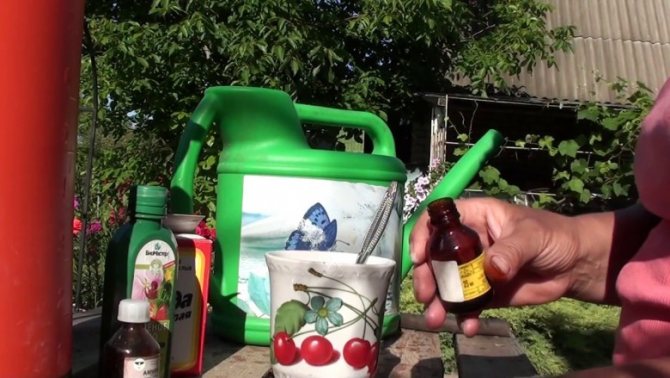

Bacteria as causative agents of plant diseases.


Bacteria are chlorophyll-free tiny unicellular plant organisms. For their nutrition, they use only ready-made organic substances of living or dead plant tissues. Under favorable conditions, bacteria multiply rapidly through cell division.
Bacteria are found everywhere - in the air, in the soil, on plants. Among them there are useful and harmful species. The latter include phytopathogenic bacteria that cause plant diseases.
Bacteria enter plants through stomata, lentils, insect pricks and wounds. For the development of bacteria, the optimum temperature is +18 - + 30 ° С; their reproduction, distribution and infection of plants with them is favored by the increased humidity of the air and soil.
The spread of bacteria occurs with the help of insects, water, wind, rain, and when caring for plants - and humans. Bacteria overwinter in roots, root crops, seeds, plant debris and in the soil, from where in the spring they return to healthy plants. The bacteria remain viable for up to 3-4 years.
Bacterial diseases are manifested in the form of rot, wilting, spotting, growths and gum lesions. Of the bacterial diseases of green spaces, cancer of apple, pear, grapevine, willow, geranium, chokeberry, and leaf spot of many plants are widespread.
Care and protection against parasites
Despite the fact that indoor crops are grown indoors, various pests can parasitize them.


Flowers and plants are exposed to:
- Aphids - very small black, gray or green insects, most often young shoots are affected. It is characterized by the appearance of white bloom and tissue wilting.
- Mites - their appearance is evidenced by the cobweb between the elements of the plant, the tissues acquire a gray color and die. Hot and dry weather contributes to the reproduction of ticks.
- Whitefly - a variety of flying aphids that suck the juices of the culture.
- Weevils - insects up to two centimeters long, feeding on stems and foliage.
- Chervetsov - in the form of white lumps and fluff on the roots and stems.
- Shields - typical for palm, citrus and orchid crops, leads to the weakening and death of the plant.
In addition to those listed, indoor crops are affected by cicadas, caterpillars, worms and other pests.
Care and protection consists in providing the necessary air humidity, irrigation, temperature and light conditions.
When pests appear, it is necessary to treat the flower with an appropriate product designed for this parasite.
Viruses as causative agents of plant diseases.
Viruses are the smallest living non-cellular protein bodies that cause infectious diseases in humans, animals and plants.
Viruses are obligate parasites, their vital activity can proceed only in living plant cells.
Viral plant diseases are most often manifested in the form of mosaics and jaundice.
Mosaic.
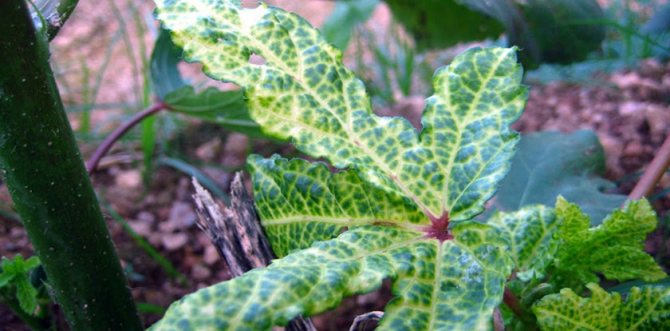

In this disease, the leaves acquire a variegated (mosaic) color, in them there is a decrease in chlorophyll, compaction of cells of the spongy parenchyma, the disappearance of intercellular spaces, and a decrease in the cells of the palisade parenchyma. All these disorders cause weakening of plant growth and development.
Jaundice.
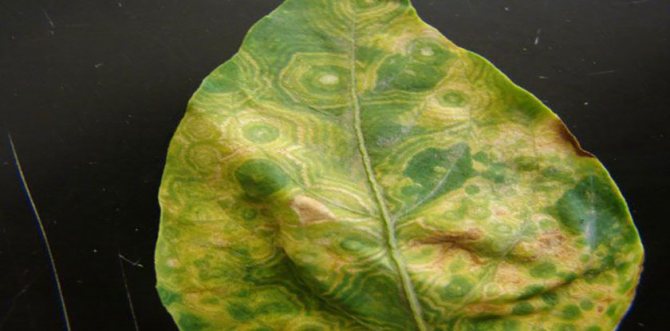

It causes chlorosis, deformation and oppression of plants, yellow spots and stripes appear on the leaves.
Viruses are preserved mainly in living tissues of perennial plants, in seeds, in bulbs, tubers, root crops and plant roots. Infection of plants with viruses and the spread of the disease occurs mainly through insects that carry the infection from diseased plants to healthy ones during nutrition, as well as when diseased plants come into contact with healthy ones, during grafting, pruning, caring for plants, diseased seeds, bulbs, tubers and roots.
Diseases such as mosaic of rose and poplar leaves, infectious chlorosis of jasmine, honeysuckle, cause significant damage in green building.
Rust
This disease is characterized by the formation of spots that resemble rust and their rapid spread over the surface of leaves, flowers and stems. Due to this disease, plant growth is inhibited and flowering stops.


The infected leaves are removed, and the plant itself is sprayed with a fungicide. It is more effective to treat at the first manifestations of the sore.
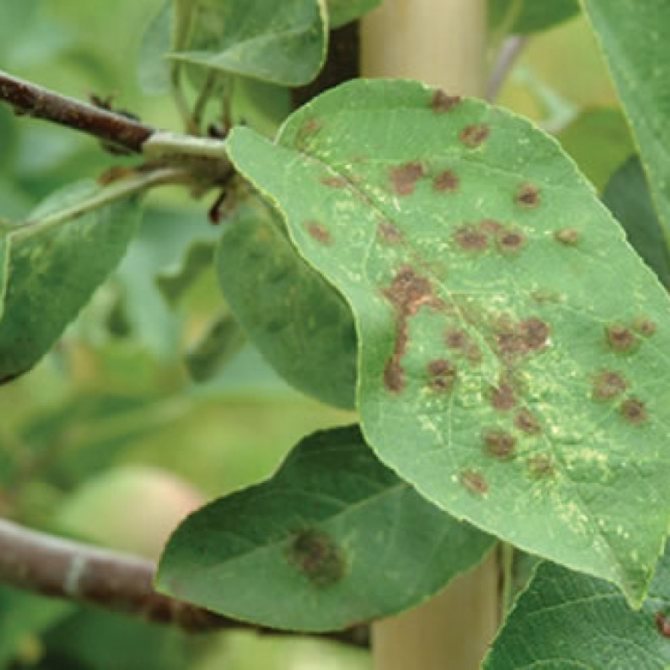

Plants are parasites.
Parasites from flowering plants belong to higher plants, however, due to the parasitic way of life, their root system is poorly developed or not at all. These plants have suckers - special outgrowths with which they stick to the host plant and intercept water and nutrients dissolved in it. Affected plants are stunted, bear fruit poorly, and sometimes dry out.
The most famous of this group are dodder and mistletoe.
Dodder (lat.Cuscuta).


A climbing, non-green annual or perennial plant, lacking roots and leaves. The flowers are small, white or pink. The stem is reddish or yellowish, simple or branched, with special processes called suckers, or haustoria. The haustoria invade the tissues of the host plant and intercept the nutrients they need.
Dodder affects many plants, from woody and shrub species, it affects poplar, oak, ash, acacia, oak, willow. In affected plants, growth decreases, fruiting decreases, and within 1-2 years they dry out.

